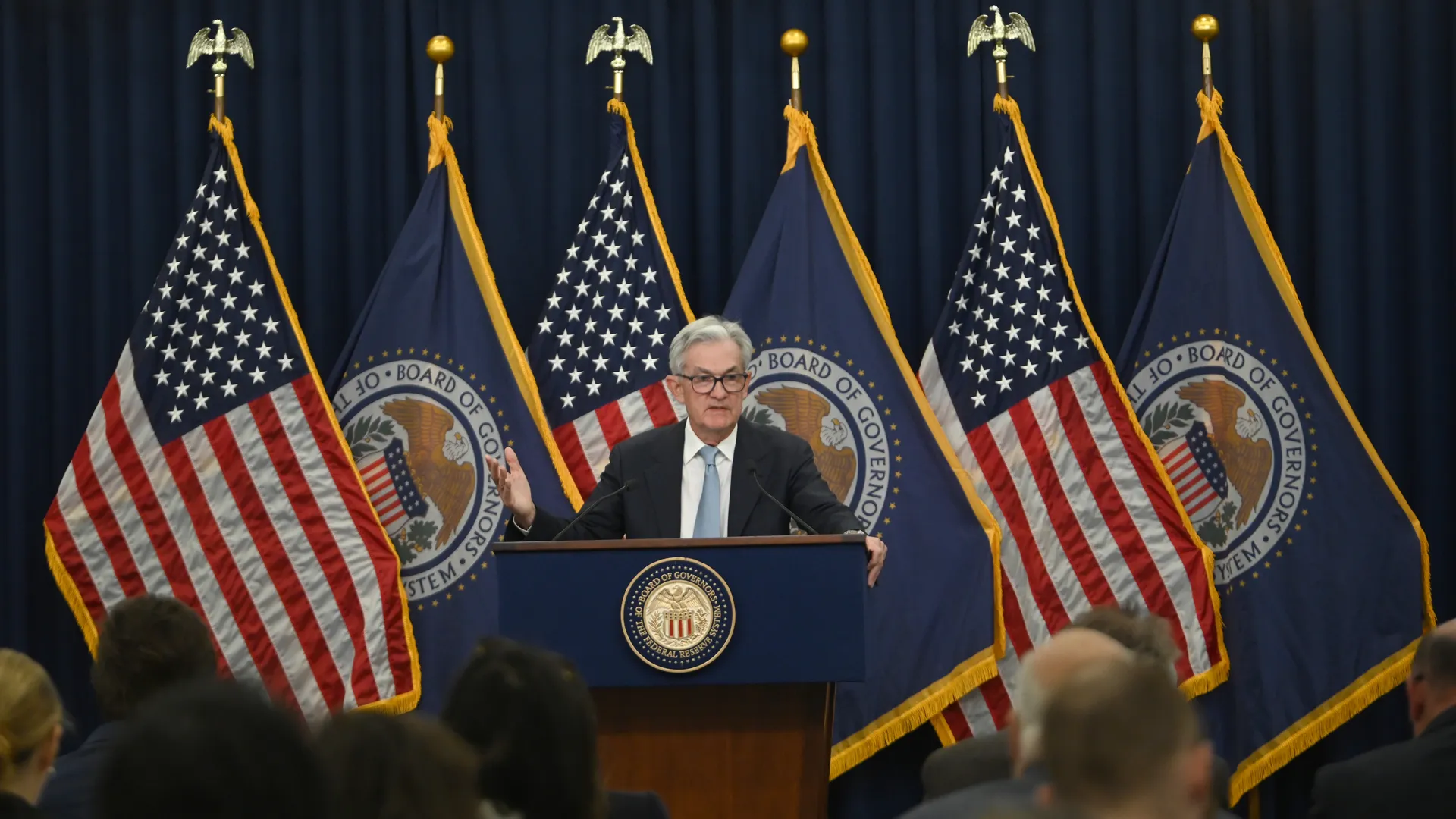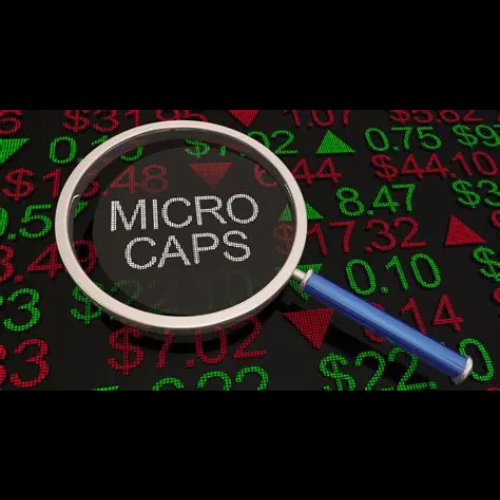The upcoming Federal Open Market Committee (FOMC) meeting will prove to be a significant test of the Federal Reserve’s adopted stance of hawkish restraint. Fed advocates of higher interest rates are arguing for an additional hike due to an unusually sluggish deceleration of inflation. However, Fed Chair Jerome Powell and Vice Chair Nominee Philip Jefferson, along with a few other policymakers, are expressing caution against additional tightening, considering the significant steps already taken and the unclear future.
Expectations are that the Fed will leave the federal funds rate untouched, at the range of 5.00%-5.25%, during the June FOMC meeting. They will likely emphasize that current monetary policy is restrictive, that there’s substantial uncertainty around the economic and financial market effects of the cumulative 500 basis points of rate increases till now, and the repercussions of tightened credit conditions are still unknown. Despite this, not all will agree on a pause, with a few proponents of aggressive policies likely to object.
Powell, in justifying the June hiatus, will probably emphasize that the Fed has the latitude to observe incoming data and assess the necessity for further monetary policy tightening. Yet, he might have to hint at a potential July rate hike being “on the table” to avoid the interpretation that the FOMC’s pause is indefinite.
Striking a balance between available options will be a challenge for Powell. With the financial market betting on a “skip” – bypassing a June rate hike for a potential July one – Powell will need to suggest that further tightening might be required without guaranteeing it. Hence, he’s expected to reiterate that the Fed’s evaluation for further tightening will be determined on a per-meeting basis.
The balancing act becomes even more complex due to the inherent contradiction in delaying a policy tightening till July if it’s deemed necessary now. Given the lag in the impact of monetary policy, only an escalation in expected inflation would justify postponing a rate hike. If expected pressures remain the same, logically, a pause is not defensible.
In this context, it is expected that the Consumer Price Index (CPI) will see a month-on-month (m/m) increase of 0.2% in May, while the core CPI rises by 0.4%. This will likely reduce the headline CPI inflation towards 4.1% year over year (y/y) and core inflation to around 5.5% y/y. The Fed’s policymakers will consider these figures while making their decision.
The upcoming revision of economic projections may also provide leverage to the communication balance. It will likely show more robust real GDP growth expectations than the March estimate of 0.4% Q4/Q4, along with a lower unemployment rate than the 4.5% March estimate. Furthermore, it will likely project higher inflation than the previous estimates of 3.3% y/y headline personal consumption expenditures (PCE) and 3.6% y/y core PCE inflation.
The median dot plot may reveal a larger spread in federal funds rate expectations, with the March projection of a 5.1% rate at the end of 2023 likely increasing to 5.4%. This would counter the market’s expectations of rate cuts before the end of 2023.
As for the Fed’s plan to trim its balance sheet, the institution is expected to retain the monthly redemption caps for Treasuries at $60 billion and for mortgage-backed securities at $35 billion. Treasury bills will be used when the coupons fall below the monthly limits.
In the broader banking and policy context, Powell is likely to acknowledge the benefits from the suspension of the debt ceiling and point out the possible slight advantages of slower growth and inflation due to the fiscal restraint in the Fiscal Responsibility Act of 2023. He may also touch upon the easing banking sector stress and the ongoing uncertainty concerning tightened credit conditions and their impact on economic activities.
The Markets will most likely have the largest reaction in one direction or the other to Fed chair Powell’s speech as he discusses potential future monetary policy.






